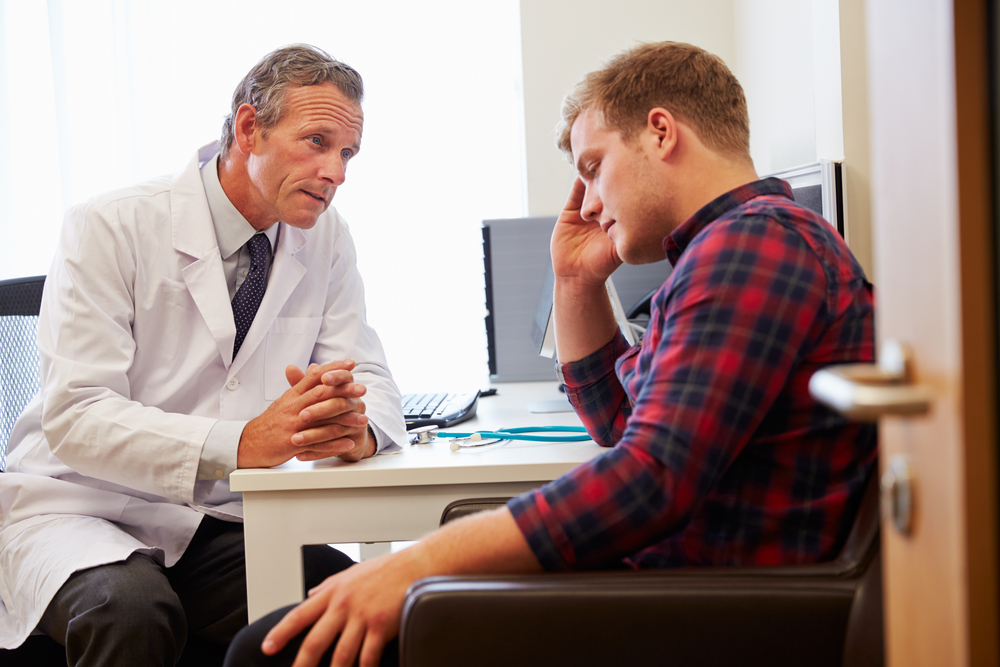
Major depression also referred to as major depressive disorder (MDD), depression, or clinical depression is a common mental health disorder that is listed in the Diagnostic and Statistical Manual of Mental Disorders, Fifth Edition (DSM-5). Major depression is characterized by persistent sadness and a lack of interest or pleasure in previously rewarding or enjoyable activities resulting in significant impairment in one’s daily life. Every individual is unique and as such the symptoms of depression will manifest distinctly in everyone. Symptoms can range from mild to severe and will directly depend on the individual and his or her circumstances. The Harvard Medical School asserts that the most prominent symptom of major depression is a severe and persistent low mood. Other common examples of symptoms that could be indicative of major depression may include, but are not limited to any combination of the following, provided by the American Psychiatric Association (APA):
- Changes in appetite
- Weight fluctuation
- Loss of interest in previously enjoyed pastimes
- Feelings of hopelessness and/ or pessimism
- Difficulty sleeping or sleeping too much
- Increased fatigue
- Feeling worthless and/ or guilty
- Difficulty concentrating
- Irritability
- Persistent feelings of sadness
- Moving and/ or talking more slowly than usual
- Suicidal ideation
It is important to note that not all signs and symptoms must be present for an individual to have depression. More specifically, to be diagnosed with major depressive disorder, an individual’s symptoms must fit the criteria outlined in the DSM-5. A person must be experiencing five or more of the following symptoms during the same 2-week period and at least one of the symptoms should be either (1) depressed mood or (2) loss of interest or pleasure:
- Depressed mood most of the day, nearly every day.
- Markedly diminished interest or pleasure in all, or almost all, activities most of the day, nearly every day.
- Significant weight loss when not dieting or weight gain or decrease or increase in appetite nearly every day.
- A slowing down of thought and a reduction of physical movement (observable by others, not merely subjective feelings of restlessness or being slowed down).
- Fatigue or loss of energy nearly every day.
- Feelings of worthlessness or excessive or inappropriate guilt nearly every day.
- Diminished ability to think or concentrate, or indecisiveness, nearly every day.
- Recurrent thoughts of death, recurrent suicidal ideation without a specific plan, or a suicide attempt or a specific plan for committing suicide.
These symptoms must cause the person clinically significant distress or impairment in social, occupational, or other important areas of functioning. The symptoms must also not be a result of substance abuse or another medical condition. If left untreated, the symptoms of depression can lead to severe short and long-term consequences and in some cases could be life-threatening.
The information above is provided for the use of informational purposes only. The above content is not to be substituted for professional advice, diagnosis, or treatment, as in no way is it intended as an attempt to practice medicine, give specific medical advice, including, without limitation, advice concerning the topic of mental health. As such, please do not use any material provided above to disregard professional advice or delay seeking treatment.


